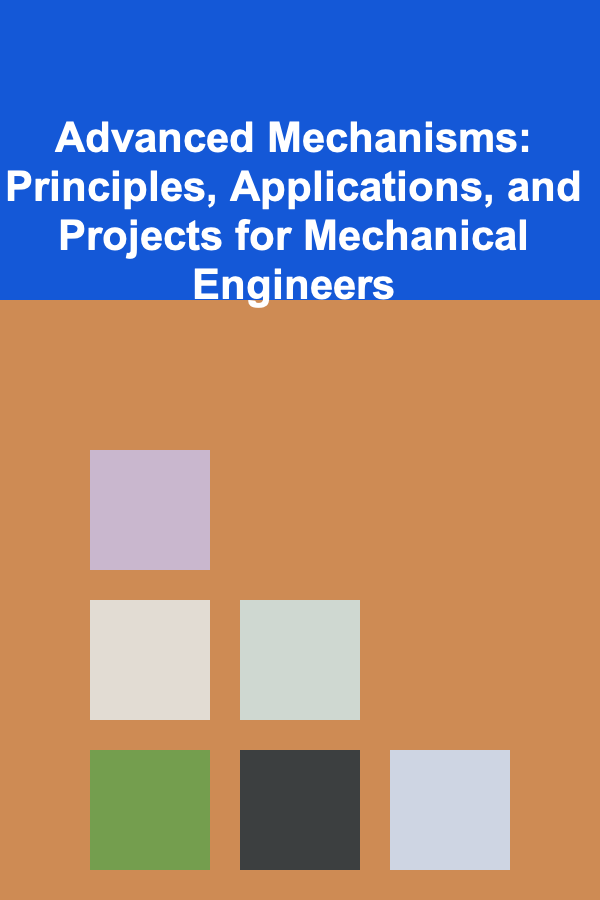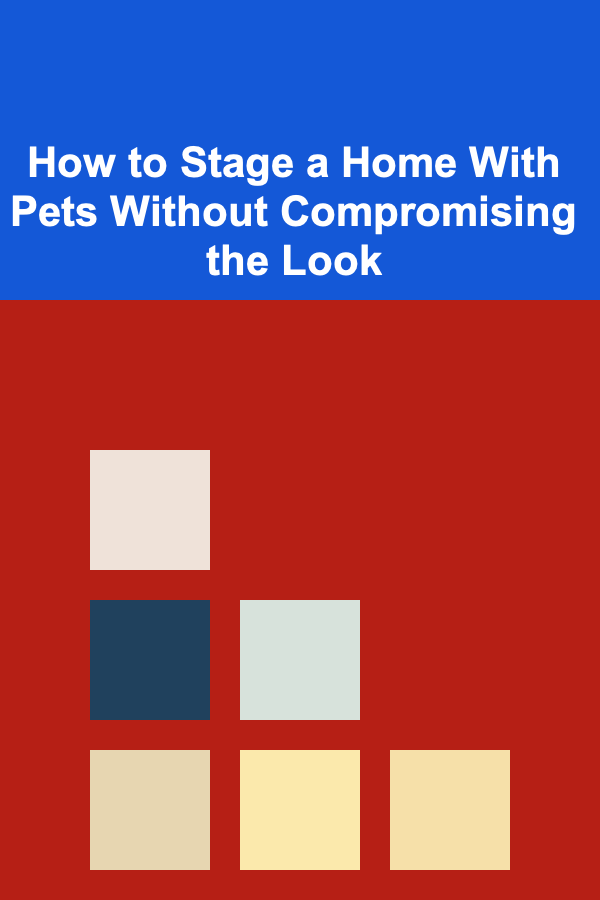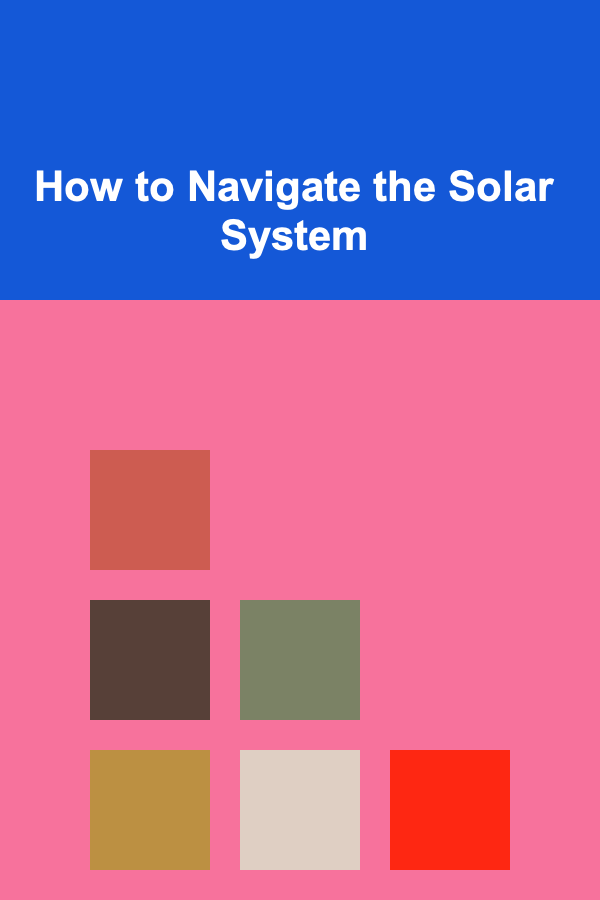
10 Tips for Creating Word Search Puzzles with Unique Grid Shapes
ebook include PDF & Audio bundle (Micro Guide)
$12.99$6.99
Limited Time Offer! Order within the next:
Not available at this time

Word search puzzles are a classic pastime, enjoyed by people of all ages. These puzzles typically consist of a grid filled with letters, where players search for words hidden within the letters. While standard rectangular or square grids are the norm, there's no reason why word search puzzles have to be limited to these traditional shapes. By using unique grid shapes, you can create engaging and challenging puzzles that stand out from the crowd.
If you're looking to elevate your word search puzzle-making skills and create puzzles with distinctive grid shapes, this guide is for you. We will cover 10 tips for crafting word search puzzles with creative grid designs. Whether you want to make the puzzle more visually interesting, increase the difficulty level, or simply experiment with something new, these tips will give you the tools you need.
Start with the Right Puzzle-Making Tool
Before you begin creating a word search puzzle with a unique grid shape, it's essential to have the right tool for the job. While there are many puzzle-making programs available online, not all of them support custom grid shapes. Make sure the software you choose allows for freeform grid creation. Popular puzzle-making tools such as PuzzleMaker, Word Search Generator, and even custom graphic design software like Adobe Illustrator or Photoshop can help you achieve the desired effect.
Some software tools also allow you to upload images or design grids by hand, which can be incredibly helpful when you want to create a custom shape. Explore these options to determine what works best for your vision.
Tip: Look for online tools that specifically allow you to create custom grids with varying shapes. This will save time and provide the flexibility you need for your designs.
Experiment with Non-Rectangular Shapes
The first and most obvious way to create unique grid shapes is by experimenting with non-rectangular layouts. Instead of sticking to the standard square or rectangular grids, you can try out circular, triangular, hexagonal, or even star-shaped grids. These shapes immediately make the puzzle more visually appealing and provide new challenges for the player.
Circle or Spiral Grid
A circular word search grid is visually striking and makes it harder for players to scan for words in a conventional left-to-right or top-to-bottom manner. You could also design a spiral grid, where the letters spiral inwards or outwards. This adds an extra level of complexity to the puzzle, forcing players to think outside the box.
Tip: To make the puzzle easier to solve, consider reducing the number of rows and columns or arranging the words in simple, straightforward patterns within the circular grid.
Add Diagonal, Zigzag, and Curved Patterns
Another way to create a unique puzzle is by designing grids that break away from traditional straight lines. Instead of having words placed in a simple grid structure, try creating diagonal lines, zigzag patterns, or even curved paths where the words will be hidden.
By introducing diagonal, curving, or zigzagging patterns, you add an additional layer of challenge to your puzzle, as players will need to carefully scan the grid to locate the words. Words hidden in curved patterns, for example, can make it more difficult to follow the conventional search path.
Tip: Use a grid shape that complements the curved, zigzag, or diagonal layout. For example, a heart-shaped grid might work well with a curving word pattern that mimics the shape of the heart.
Consider Custom-Shaped Grids Based on Themes
A fun way to make word search puzzles even more unique is by designing grids that fit the theme of the puzzle. For example, if you're creating a puzzle about animals, you could design the grid in the shape of an animal, such as a cat, dog, or fish. A geography-themed puzzle could feature a grid shaped like a continent or an island. The possibilities are endless.
Custom grids based on themes provide a fun and engaging way to combine the puzzle-solving experience with visual storytelling. For instance, a Halloween-themed puzzle might use a pumpkin or witch's hat as the grid shape, while a holiday-themed puzzle could feature a Christmas tree or snowflake grid.
Tip: When designing themed grids, make sure the grid shape is large enough to fit all the words while still maintaining the desired complexity. You don't want the grid shape to overwhelm the puzzle's layout.
Vary the Word Placement Strategy
Instead of having words placed in the conventional horizontal or vertical positions, consider placing words in unconventional spots. Words can be placed along diagonal lines, in spirals, or even in a random, scattered fashion across the grid. With non-traditional placements, the challenge becomes greater, as players will need to think more creatively to locate the words.
For example, you can design a grid where words are scattered randomly and even overlap each other, which forces the player to analyze the puzzle more carefully. This strategy not only enhances the difficulty level but also adds a dynamic element to the puzzle that players will find intriguing.
Tip: You can make this strategy easier by offering hints or starting points, such as showing the first letter of the word or allowing players to select a few words that are guaranteed to be in the puzzle.
Use Symmetry in Your Grid Layout
Symmetry is a powerful design technique that can make a word search puzzle more aesthetically pleasing while still being challenging. By creating a symmetrical grid layout, you introduce a sense of balance, which can be visually satisfying to the player.
There are several ways you can incorporate symmetry into your grid design:
- Mirror Symmetry: Create a grid that mirrors itself along a central line (vertically, horizontally, or even diagonally).
- Rotational Symmetry: Arrange the grid so that the puzzle can be rotated 90, 180, or 270 degrees and still be readable.
- Reflective Symmetry: Design the grid with a "reflection" of words, so players may need to identify words that are reversed or inverted within the grid.
Tip: Symmetrical grids often work best with themed puzzles that focus on visual harmony or balance. Consider using symmetry for puzzles related to architecture, geometry, or natural patterns.
Play with Color and Backgrounds
Incorporating colors or backgrounds into your grid design can take your word search puzzle to the next level. Colorful grids with bright backgrounds can draw attention to certain areas of the puzzle and make it more visually stimulating. For example, you could use colored blocks for the grid or add a patterned background that enhances the puzzle's theme.
Be sure to use colors strategically so they don't overwhelm the words in the grid. A soft background color with contrasting letter colors can help improve readability, while still allowing the grid's shape and theme to stand out.
Tip: Experiment with gradient colors, fading effects, or subtle patterns in the background to give your word search puzzle a unique aesthetic without compromising its legibility.
Incorporate Multiple Layers
For a more complex and challenging puzzle, consider adding multiple layers to the grid. This means stacking several grids on top of each other or placing hidden words in different layers of the puzzle. Players would need to solve each layer of the grid separately before they can uncover the entire set of hidden words.
For example, you could design a word search puzzle with multiple sections or grids that interconnect. Each section may have its own list of words, and players must figure out how the sections fit together to uncover the final set of hidden words.
Tip: Start with two or three layers to keep things manageable, and make sure there is a clear way for players to navigate between layers without becoming confused.
Use Word Clusters and Word Paths
Instead of placing words randomly in the grid, you can create clusters or paths where the words are grouped together in specific areas. For example, you might design a grid where all the words are placed along a specific pathway that follows a pattern, such as a zigzag or spiral.
Clusters allow you to group words thematically, which makes the puzzle not only more visually interesting but also more engaging. You could cluster words that are related to a particular topic, like "sports," "food," or "nature," within a defined section of the grid.
Tip: Use word paths that wind or loop within the grid to make the puzzle more intricate. For example, create a word search puzzle where words follow a looping pattern and connect to one another in unexpected ways.
Ensure Clarity and Readability
Finally, while it's fun to experiment with unique grid shapes and complex designs, it's important not to sacrifice clarity and readability. The puzzle should still be easy to read, and the words should be distinguishable from one another. Avoid overly complex patterns that may make it hard for players to spot words. After all, the purpose of a word search puzzle is to have fun while solving it, not to become frustrated by a confusing design.
Tip: Test your puzzle before finalizing it. Ask someone else to solve it and provide feedback on readability, difficulty, and clarity. Adjust the layout or design based on their input to make sure the puzzle is both fun and solvable.
Conclusion
Creating word search puzzles with unique grid shapes is a fantastic way to enhance the traditional experience and bring new challenges to puzzle enthusiasts. By experimenting with custom shapes, creative layouts, and unconventional word placements, you can design engaging puzzles that push players to think outside the box. Whether you're designing themed puzzles or simply want to try something new, these 10 tips will help you create word search puzzles that are as visually intriguing as they are challenging.
By incorporating these strategies, you'll have the tools you need to craft puzzles that are not only fun to solve but also visually appealing and innovative. So go ahead and get creative with your word search grids -- the possibilities are endless!

Advanced Mechanisms: Principles, Applications, and Projects for Mechanical Engineers
Read More
How to Create a Modern Living Room on a Budget
Read More
How to Establish a Cleaning Routine for Your Dining Room
Read More
How to Stage a Home With Pets Without Compromising the Look
Read More
How to Navigate the Solar System
Read More
Diving Deep into the History of Disco
Read MoreOther Products

Advanced Mechanisms: Principles, Applications, and Projects for Mechanical Engineers
Read More
How to Create a Modern Living Room on a Budget
Read More
How to Establish a Cleaning Routine for Your Dining Room
Read More
How to Stage a Home With Pets Without Compromising the Look
Read More
How to Navigate the Solar System
Read More